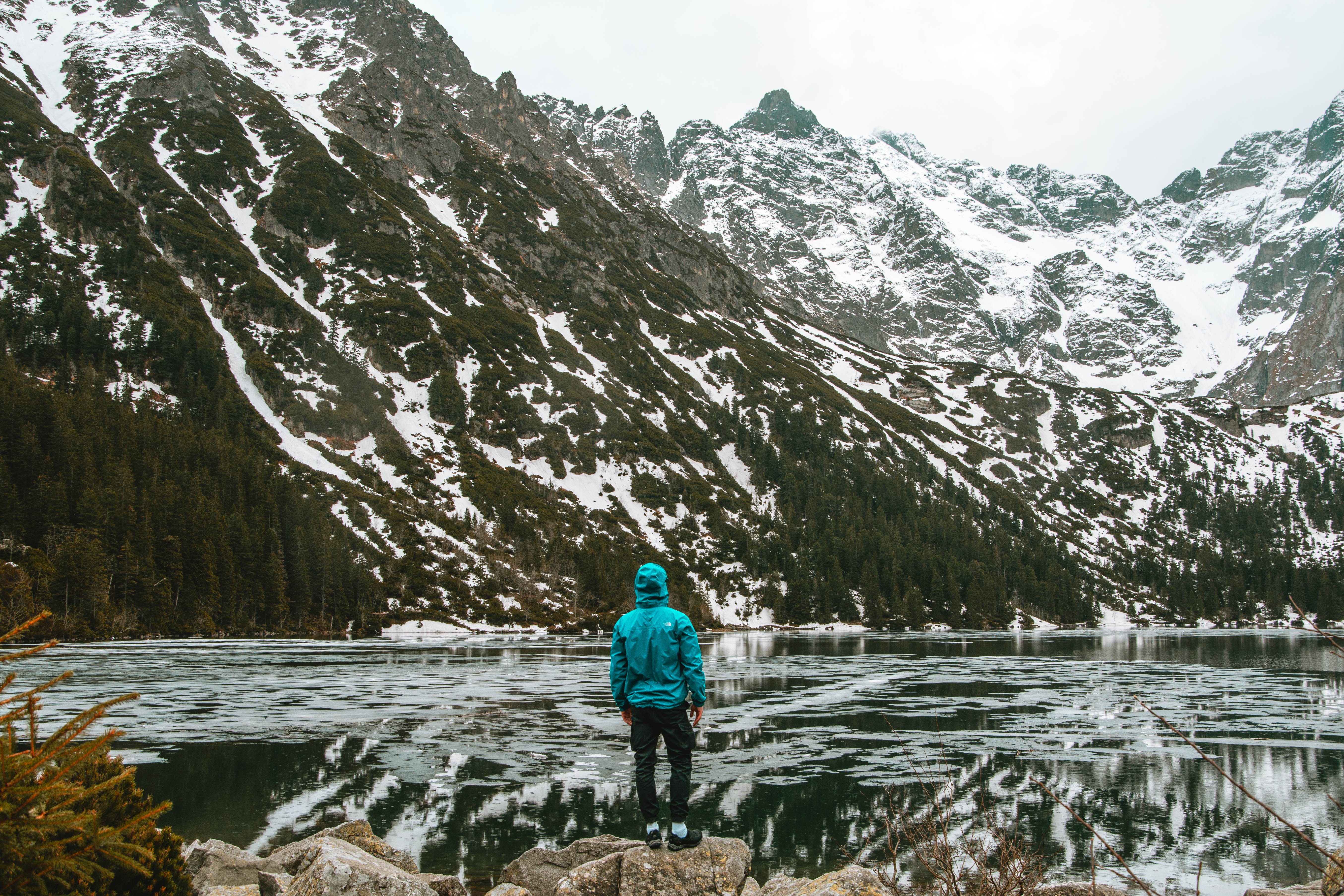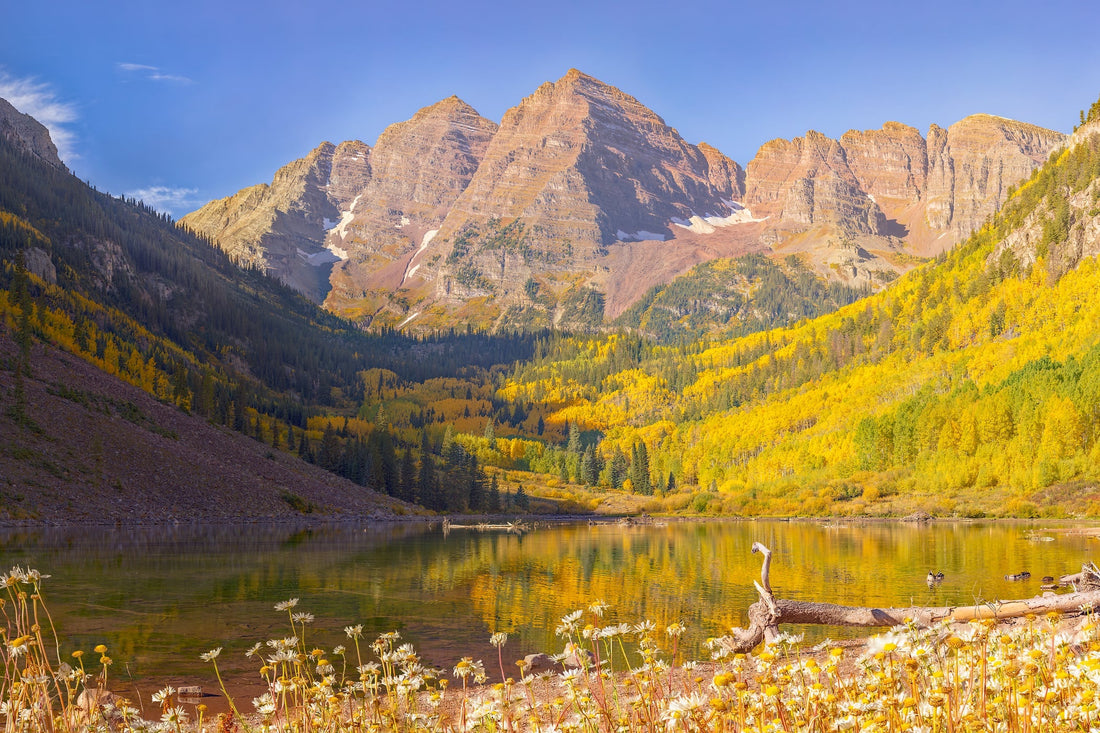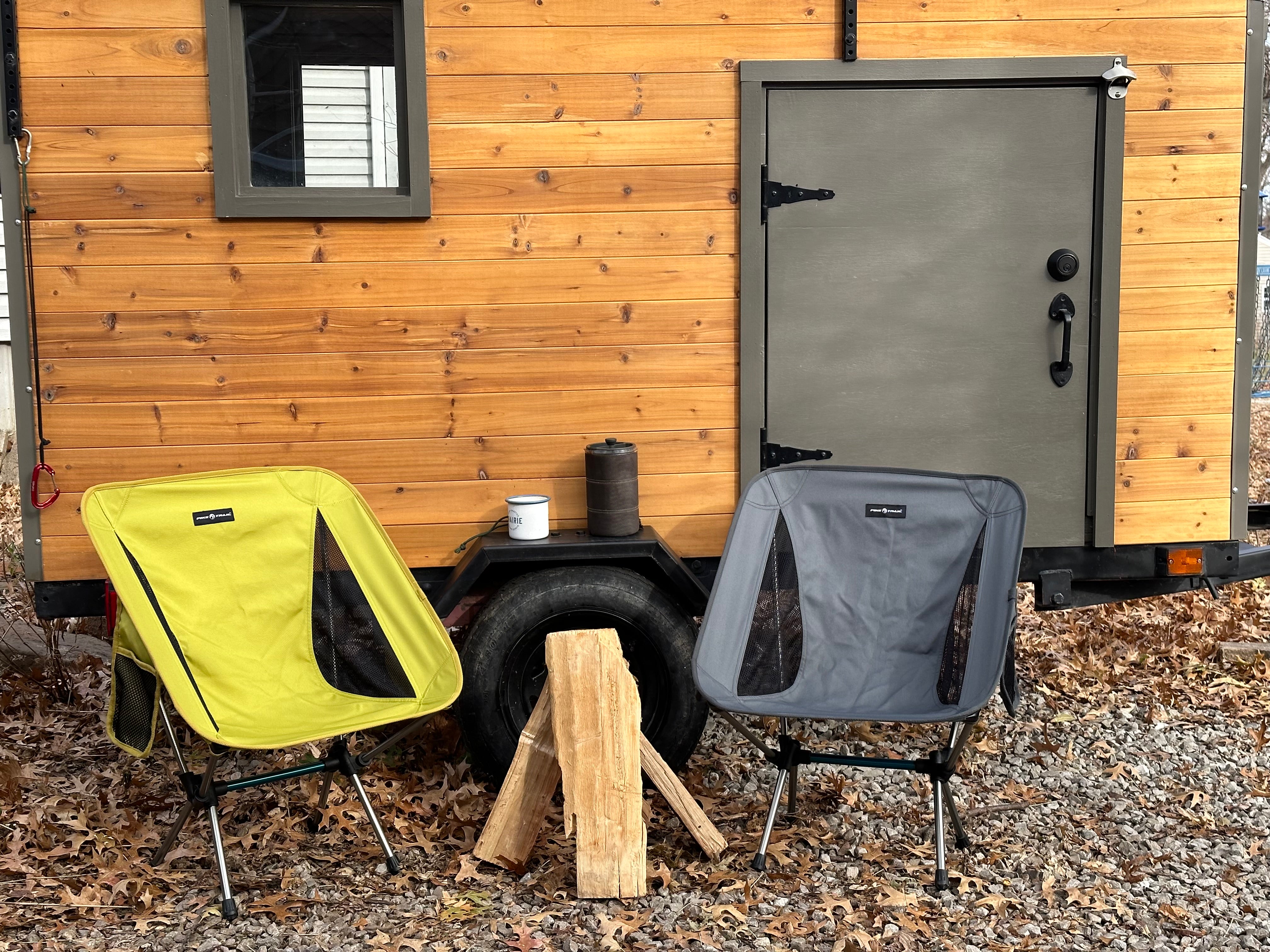A Beginner's Guide to Winter Hiking: Essential Tips and Gear
Winter hiking can be a magical and serene experience, but it comes with its own set of challenges. For those venturing into the snowy trails for the first time, proper preparation and the right gear are crucial. In this guide, we'll explore essential tips and must-have equipment to ensure a safe and enjoyable winter hiking adventure.
1. Plan and Research:
Before hitting the trail, thoroughly research your chosen route. Winter conditions can vary, and knowing the terrain, weather forecasts, and trail difficulty will help you prepare adequately. Check for any trail closures or advisories and let someone know about your plans.
2. Dress in Layers:
Layering is key for staying warm and comfortable during winter hikes. Start with a moisture-wicking base layer to keep sweat away from your skin, add an insulating layer for warmth, and finish with a waterproof and windproof outer layer. Don't forget a hat, gloves, and a neck gaiter to protect exposed areas.
3. Waterproof Leg Gaiters and Socks:
Investing in quality waterproof leg gaiters and socks is essential for winter hiking. Your lower extremities are more prone to snow, slush, and cold, and these accessories provide an extra layer of protection. Your company's waterproof leg gaiters and socks are ideal for keeping moisture out, ensuring a dry and comfortable hike.
4. Choose Appropriate Footwear:
Select insulated and waterproof boots with good traction for snowy and icy conditions. Make sure they provide ankle support to prevent injuries on uneven terrain. Carry extra socks in case your feet get wet, and consider using moisture-wicking sock liners for added comfort.
5. Bring Adequate Food and Hydration:
The cold weather can increase your calorie and fluid needs, so pack energy-rich snacks and a thermos with a warm beverage. Avoid relying on water sources along the trail, as they may be frozen.
6. Navigation Tools:
Winter landscapes may look different, and trails can be obscured by snow. Carry a map, compass, or a GPS device to help you stay on course. Familiarize yourself with their use before heading out.
7. Be Mindful of Early Sunsets:
Daylight hours are shorter in winter, so plan your hike accordingly. Start early and be prepared with a headlamp or flashlight in case you find yourself on the trail after dark.
8. Emergency Essentials:
Pack a basic first aid kit, a multi-tool, a space blanket, and a fire starter. These items can be lifesavers in unexpected situations.
Winter hiking offers a unique and rewarding experience, but preparation is key. By following these tips and investing in quality gear like waterproof leg gaiters and socks, you'll be well-equipped to enjoy the beauty of snowy trails safely. Stay warm, stay dry, and most importantly, have a fantastic winter hiking adventure!
Explore our collection of waterproof leg gaiters and socks to enhance your winter hiking experience.






